How To Get The Best Quality Video From the Super Nintendo 2 + Testing the KSGER T12 Soldering Iron
In this video, we unbox and RGB mod a Super Nintendo Jr we purchased from the original owner, and tested out the KSGER T12 Soldering Iron Station!
In Summer 2020, we had a RGB modded an SNES Jr for someone, and ran into a few issues before the mod was complete. Upon initial completion, everything worked fine. When I bolted the system back together, I lost video output. I soldered, resoldered, and retried everything I could think of. In the end, the issue had to do with my HDMI cable, but before I figured it out I had actually ruined my personal SNES Jr and mod board. On the hunt for another SNES Jr to replace my damaged unit, I found one on Facebook Marketplace, from the original owner, complete in-box.
The SNES Jr I bought here had a Yoshi's Island box, however the original owner no-longer had the game. He actually replaced it with Mario RPG, not a game I really wanted but something that at least had some value if I decided to sell it separately. I did have a copy of Yoshi's Island already, however, I didn't have a box or manual for it. While I still don't have a box, he did have the manual which was nice. He did also have the controller, system manual, Composite Video Cable, and the original power supply. In all, the box was in great shape, and the system did have just a slight amount of yellowing.
Determined to make my modding easier in the future, I ended up replacing my old Trackpower Soldering Iron with what the man himself, Voultar, uses in the KSGER T12 Soldering Iron Station. I was able to get one for a really good price, and it came with a variety of different tips as well. It did not include a power cord or iron holder, but beyond that, it comes with a variety of tips for different applications. The iron itself features a super bright LED display, 150C-480C temperature range, and reaches 300 degrees in 8 seconds! When I first read this, I thought that 300 degrees was the max temperature it reached, which I discovered later on.
I started by opening and cleaning the system, and honestly, it was super clean! This particular mod is made very easy thanks to Voultar and his RGB Mod Boards. While, the original Super NES and Super Famicom both were capable of outputting RGB right from the box, Nintendo removed the RGB output from the SNES Jr to reduce cost. Thankfully, Voultar's RGB Board makes adding RGB output for either RGB SCART or HD Retrovision Component Video Cables a snap.
In addition to adding the RGB Mod kit to the system, I also installed Voultar's 1CHIP Ghosting Fix Capacitor Fix. This simply addresses the video issue some systems that experience a ghosting with some video output. This is an easy and inexpensive upgrade that, if you're under the hood to mod your system anyways, you should really do this at the same time.
Why the KSGER T12 RoX:
- Reasonably priced
- Comes up to temp quickly
- Multiple Tips included
- Awesome display
- Works better than irons 4x the cost
What could be improved:
- No power cord included
- Iron stand sold separately
- Premium handle sold separately
Should You Buy One?
I wasn't sure how I would feel about the KSGER T12, but I have to admit (once I got the temp situation figured out), it was really nice. Drag soldering was super easy, and soldering to vias was extremely precise. The handle is well balanced, and overall I felt like I had more control while soldering than ever. This has replaced my Trackpower iron for my mod work moving forward.
#SuperNintendo #RetroVideoGames #RGBMod
The footage used in this review are used under the Fair Use laws, referenced below:
https://www.law.cornell.edu/uscode/text/17/107
Notwithstanding the provisions of sections 106 and 106A, the fair use of a copyrighted work, including such use by reproduction in copies or phonorecords or by any other means specified by that section, for purposes such as criticism, comment, news reporting, teaching (including multiple copies for classroom use), scholarship, or research, is not an infringement of copyright. In determining whether the use made of a work in any particular case is a fair use the factors to be considered shall include—
(1) the purpose and character of the use, including whether such use is of a commercial nature or is for nonprofit educational purposes;
(2) the nature of the copyrighted work;
(3) the amount and substantiality of the portion used in relation to the copyrighted work as a whole; and
(4) the effect of the use upon the potential market for or value of the copyrighted work.
The fact that a work is unpublished shall not itself bar a finding of fair use if such finding is made upon consideration of all the above factors.
(Pub. L. 94–553, title I, § 101, Oct. 19, 1976, 90 Stat. 2546; Pub. L. 101–650, title VI, § 607, Dec. 1, 1990, 104 Stat. 5132; Pub. L. 102–492, Oct. 24, 1992, 106 Stat. 3145.)
-
 20:26
20:26
RoXolidProductions
3 months ago $0.04 earnedI Am Devastated and Need This Amazing Community's Help
2206 -
 0:54
0:54
BANG Gaming En
3 years ago $0.01 earnedNintendo thinks each Super Mario Bros video game should feel different
38 -
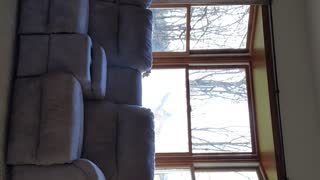 0:21
0:21
repentance2020
3 years agoTesting rumble video
92 -
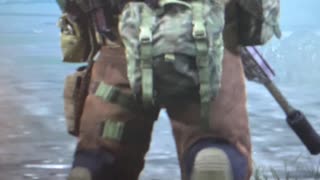 0:05
0:05
Coreybh
3 years ago $0.05 earnedTesting Video on Rumble
243 -
 0:01
0:01
FactCheckerChannel
3 years ago $0.01 earnedTesting this video with AVI format
45 -
 2:27
2:27
Video Game Repair
3 years agoHow to fix a Super Nintendo game
50 -
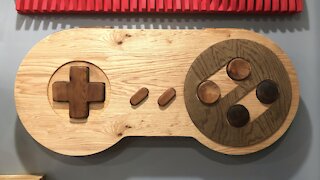 20:23
20:23
Jared Turner
3 years agoSuper Nintendo Controller Wall Art
20 -
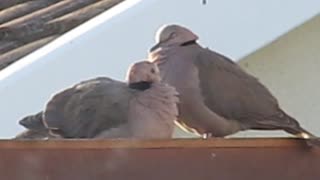 0:10
0:10
IOL-IndependentOnline
3 years agoTesting Super Article - Percy
47 -
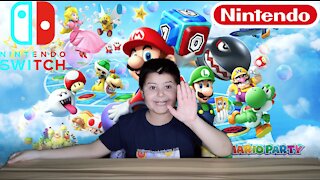 9:48
9:48
Noah Game Adventures
3 years agoSuper Mario Bros Nintendo Switch Unboxing & Review
821 -
 1:00
1:00
Digital Trends
3 years agoSuper Nintendo World's Opening Is Delayed
186K